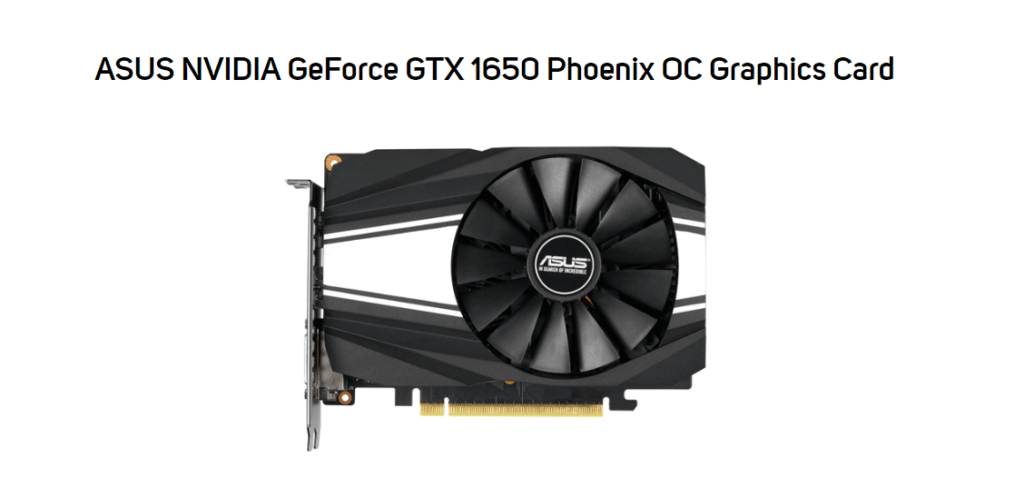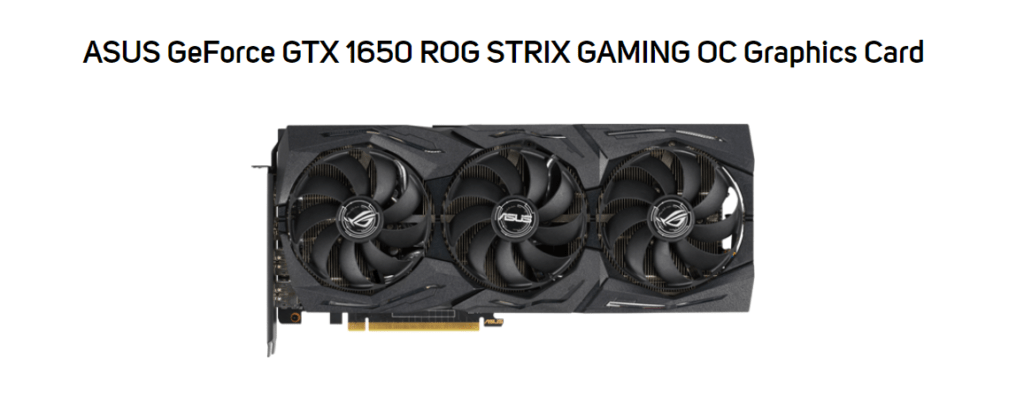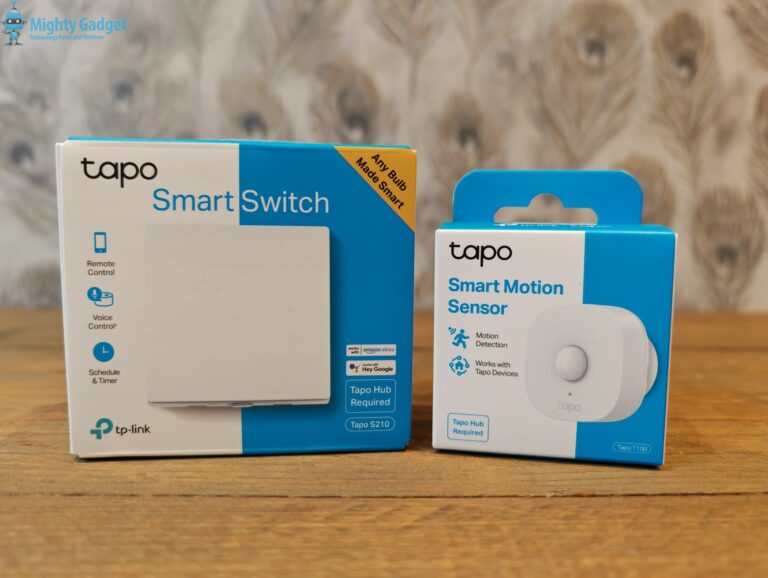Any links to online stores should be assumed to be affiliates. The company or PR agency provides all or most review samples. They have no control over my content, and I provide my honest opinion.
Yesterday Nvidia officially launched the GTX 1650 for both desktops and laptops, as well as announcing that the GTX 1660 Ti is coming to laptops too.
The launch coincided with Intel’s new 9th Gen Core laptop CPU launch and apparently over 80 new laptop models featuring GTX 1660 Ti or GTX 1650 will begin rolling out today from different manufacturers, with prices expected to start at $999 for GTX 1660 Ti laptops (UK pricing not confirmed) and at $799 excluding tax in the US or £699 including VAT in the UK for GTX 1650 laptops.
While not confirmed officially, the Acer Nitro laptops will be amongst the list of laptops featuring the new CPUs and GPUs. The Acer pricing was from £899 but it is unclear which GPU that will include.
The GTX 1660 Ti is similar to the dektop version already launched featuring a fully enabled TU116 GPU built on a 12nm process, it features 1,536 CUDA Cores, 96 texture units, and 48 ROPs. It also includes 6GB of GDDR6 running at 12Gbps over a 192-bit bus for a total bandwidth of 288GB/s. While it uses the Turing architecture, it lacks the RT Cores and Tensor Cores of its more powerful Turing RTX brethren, and thus does not feature built-in support for accelerating ray tracing or AI workloads, though it still technically supports DirectX Raytracing (DXR) as of a recent driver update.
The main difference between laptop and desktop is reduced power fropping the TDP from 120W to 60W and 80W. This will see base clock speeds of between 1,140MHz and 1,455MHz (compared to 1,500MHz on desktop) and boost clock speeds of between 1,335MHz and 1,590MHz (compared to 1,770MHz on desktop) depending on how manufacturers choose to implement it.
On the desktop, GTX 1650 graphics cards have 14 Turing SMs enabled, giving them 896 CUDA Cores and 56 texture units. They will also support 4GB of GDDR5 over a 128-bit bus that offers 128GB/s of bandwidth thanks to a memory clock speed of 8Gbps. Base and boost clocks sit at 1,485MHz and 1,665MHz respectively, and the TDP is 75W, meaning it doesn’t require an external power connector. Pricing for this card will start at $149 excluding taxes or £138 including VAT in the UK.

Scan has already listed the cards and the ASUS NVIDIA GeForce GTX 1650 4GB PHOENIX OC is currently the cheapest at £137.99 with the ASUS ROG NVIDIA GeForce GTX 1650 4GB STRIX OC going up to £199.99.

For the laptop market, GTX 1650 offers 16 Turing SMs, giving it 1,024 CUDA Cores and 64 texture units, an increase of ~14 percent over the desktop card. It has the same memory type and amount, but the speed is listed as ‘up to 8Gbps’ meaning some may be less and would have less than 128GB/s bandwidth as a result. Again it’s the power envelope and clock speeds where differences will be most obvious. This part will have a TDP of between 35W and 50W, with base clocks ranging from 1,020MHz to 1,395MHz and boost clocks falling between 1,245MHz and 1,560MHz. It is said to offer over 2.5x the performance of GTX 950M and 1.7x the performance of GTX 1050 in laptops.
Both new laptop parts feature the Max-Q design and offer full support for Nvidia Optimus. They also support ‘G-Sync Compatible’, which is Nvidia’s way of saying they support FreeSync/VESA Adaptive Sync, so hopefully units with variable refresh rate screens will be widely available.
The existing GTX 1660 graphics card has been confirmed as not coming to laptops. Today has not seen any official information be revealed about the heavily rumoured GTX 1650 Ti, though if they are to be believed then the laptop variant of GTX 1650 will become the GTX 1650 Ti when brought to desktop.
I am James, a UK-based tech enthusiast and the Editor and Owner of Mighty Gadget, which I’ve proudly run since 2007. Passionate about all things technology, my expertise spans from computers and networking to mobile, wearables, and smart home devices.
As a fitness fanatic who loves running and cycling, I also have a keen interest in fitness-related technology, and I take every opportunity to cover this niche on my blog. My diverse interests allow me to bring a unique perspective to tech blogging, merging lifestyle, fitness, and the latest tech trends.
In my academic pursuits, I earned a BSc in Information Systems Design from UCLAN, before advancing my learning with a Master’s Degree in Computing. This advanced study also included Cisco CCNA accreditation, further demonstrating my commitment to understanding and staying ahead of the technology curve.
I’m proud to share that Vuelio has consistently ranked Mighty Gadget as one of the top technology blogs in the UK. With my dedication to technology and drive to share my insights, I aim to continue providing my readers with engaging and informative content.







